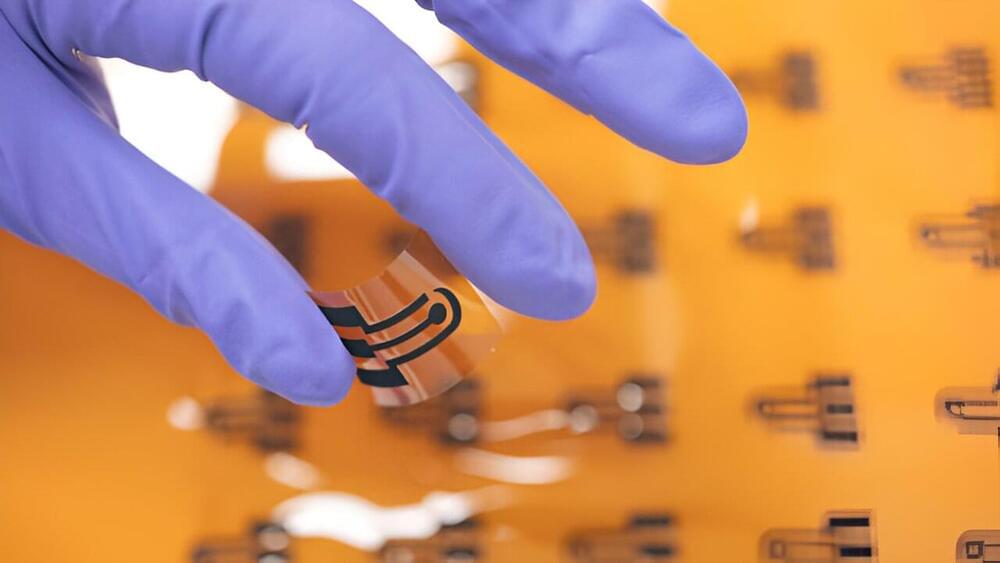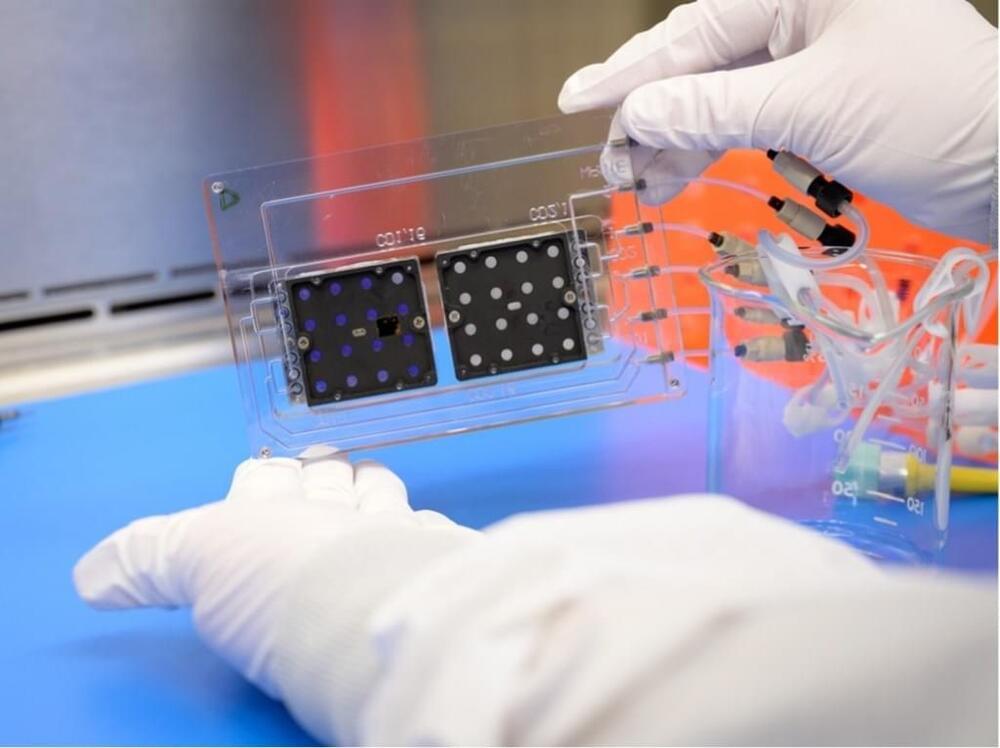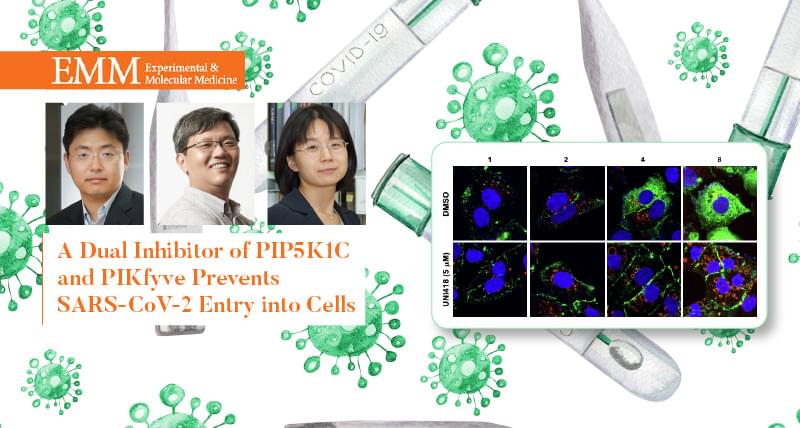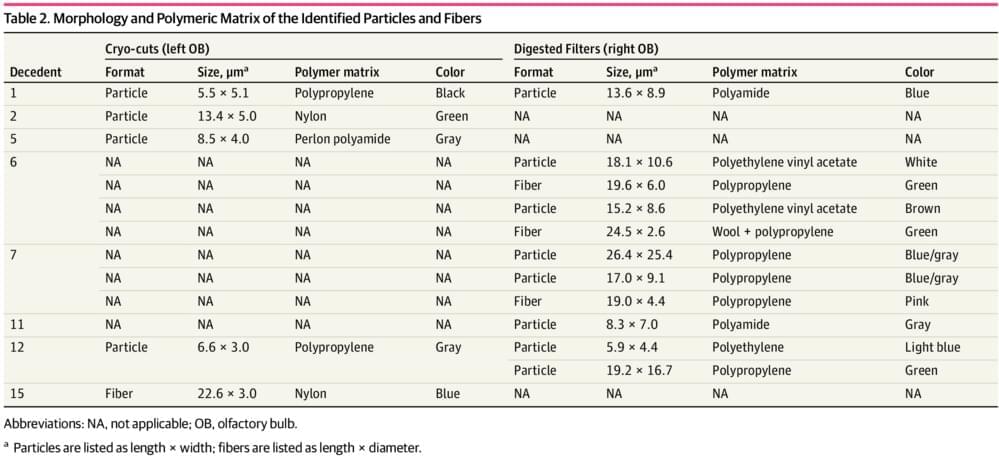Researchers at the University of Hawaiʻi at Mānoa have unveiled a new technique that could make the manufacture of wearable health sensors more accessible and affordable.




This is actually an addition to Genevieve’s post on CubeSat.
Humans are returning to the Moon for the first time in decades, and we intend to stay. NASA’s Artemis missions are preparing for a sustained human presence on and around the Moon, with the ultimate goal of sending humans to Mars. These deep-space destinations present health risks to astronauts that are qualitatively and quantitatively different from those associated with stays on the International Space Station (ISS). One of the most significant risks for astronauts venturing outside the protection of Earth’s magnetic field is ionizing radiation: Galactic Cosmic Rays (GCR), Solar Particle Events (SPE), and the “albedo” radiation produced by the interaction of space radiation with the lunar surface. Exposure to ionizing radiation can result in an increased risk of cancer, cardiovascular disease, and neurological impairment.

Hi folks, I’d like to invite you to a webinar I will be giving on my research, hosted by the Foresight Institute! It takes place this Friday at 12:00pm CST. You can sign up on the linked page. The donation is optional, so if you don’t want to donate, you can just put $0.00. I hope to see you there!
Biotech and Health Extension sponsored by 100 Plus Capital
Viruses inside vaults: a powerful new gene therapy delivery system
Bio: Logan Thrasher Collins is a synthetic biologist, author, and futurist. He is currently a PhD candidate in biomedical engineering at Washington University in St. Louis. Logan began engaging in scientific research during his sophomore year of high school when he created a new synthetic biology approach for combatting antibiotic resistant infections. Since then, he has led research projects on developing x-ray microscopy techniques for connectomics, using molecular dynamics simulations to study SARS-CoV-2, and inventing novel gene therapy delivery systems. Logan has spoken at TEDxMileHigh and has published peer-reviewed scientific papers on his research. He has also published science fiction and sci-fi poetry and as well as a peer-reviewed philosophy journal article. Logan passionately advocates for applying interdisciplinary solutions to global challenges and leverages both the arts and sciences to help build a bright future.

Scientists have developed microscopic robots capable of treating brain aneurysms with unprecedented precision, offering a potential alternative to invasive brain surgeries. An international team, including researchers from the University of Edinburgh, engineered these nanorobots to safely and accurately deliver life-saving medications to the brain. This advancement comes in the context of a global health challenge, […].

This was created by a company called Xenex a decade ago In San Antonio Texas, where I used to live.
JOINT BASE LANGLEY-EUSTIS, Va. (AFNS) — Standing at 5 feet 2 inches tall, U.S. Air Force Hospital Langley’s newest staff member doesn’t initially have a commanding presence; however, after five minutes, its impact has the potential to save countless lives around the world.
The 633rd Medical Group received a germ-zapping robot, nicknamed “Saul,” which harnesses the power of technology to kill off viruses — including the Ebola virus. Airmen were given a demonstration of the robots functions and capabilities from Geri Genant, the Xenex Healthcare Services implementation manager.
Shortly after the president issued an executive order addressing the critical issue of Ebola, the 633rd MDG responded with cutting-edge technology to protect the health of the service members, their families and the community.

Despite the ongoing threat posed by new viruses following the emergence of severe acute respiratory syndrome coronavirus 2 (SARS-CoV-2), which led to the coronavirus disease 2019 (COVID-19) pandemic, new antiviral drugs continue to be developed to effectively block viral entry into the human body.
Professor Kyungjae Myung and his research team in the Department of Biomedical Engineering, affiliated with the IBS Center for Genomic Integrity, has discovered UNI418, a compound that effectively prevents the penetration of the coronavirus. This compound works by regulating dielectric homeostasis, thereby inhibiting the virus’s entry into human cells.

The Allen Institute for Immunology has released its first Human Immune Health Atlas, a comprehensive single-cell reference dataset that offers unprecedented insight into the landscape of healthy human immune cells from childhood through adulthood.
Comprehensive dataset maps the landscape of healthy immune cells across the human lifespan.

Question Can microplastics reach the olfactory bulb in the human brain?
Findings This case series analyzed the olfactory bulbs of 15 deceased individuals via micro-Fourier transform infrared spectroscopy and detected the presence of microplastics in the olfactory bulbs of 8 individuals. The predominant shapes were particles and fibers, with polypropylene being the most common polymer.
Meaning The presence of microplastics in the human olfactory bulb suggests the olfactory pathway as a potential entry route for microplastics into the brain, highlighting the need for further research on their neurotoxic effects and implications for human health.

How can machine learning help individuals with type 1 diabetes (T1D)? This is what a study presented at this year’s Annual Meeting of the European Association for the Study of Diabetes (EASD) hopes to address as a team of researchers have developed a system using machine learning capable of managing blood sugars levels with such proficiency that those using system were able to lead lives far more active than the average T1D patient.
For the study, the researchers developed the AID system, which uses closed-loop technology that delivers insulin based on readings from the machine learning algorithm, resulting in a 50-year-old man, a 40-year-old man, and a 34-year-old woman with T1D being able to run hours-long marathons in Tokyo, Santiago, and Paris, respectively. This study holds the potential to help develop better technology capable of allowing T1D diabetes patients to stay in shape without constantly fearing for their blood sugar levels, which can lead to long-term health problems, including hyperglycemia, nerve damage, or a heart attack.
“Despite better systems for monitoring blood sugars and delivering insulin, maintaining glucose levels in target range during aerobic training and athletic competition is especially difficult,” said Dr. Maria Onetto, who is in the Department of Nutrition at the Pontifical Catholic University of Chile and lead author of the study. “The use of automated insulin delivery technology is increasing, but exercise continues to be a challenge for individuals with T1D, who can still struggle to reach the recommended blood sugar targets.”